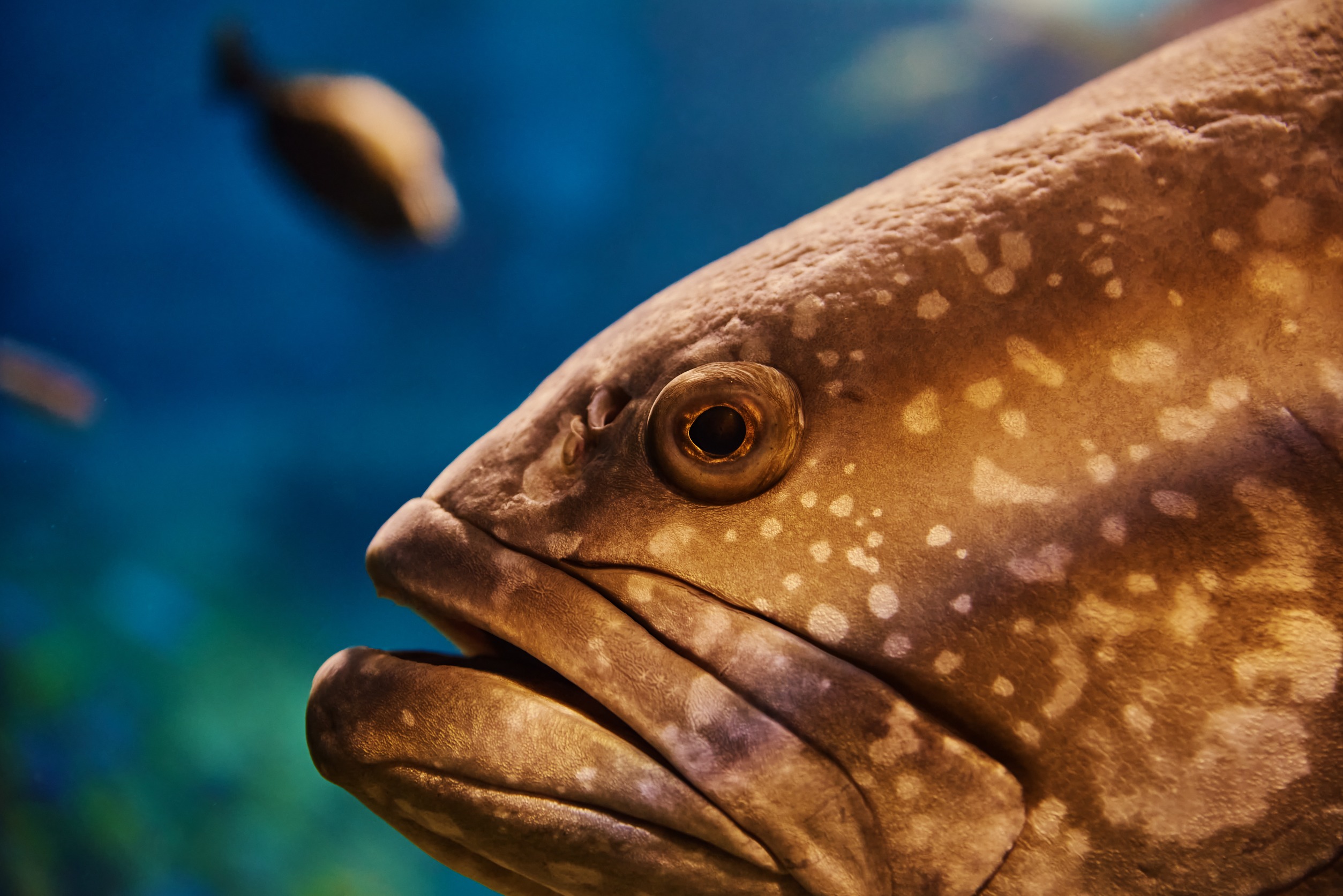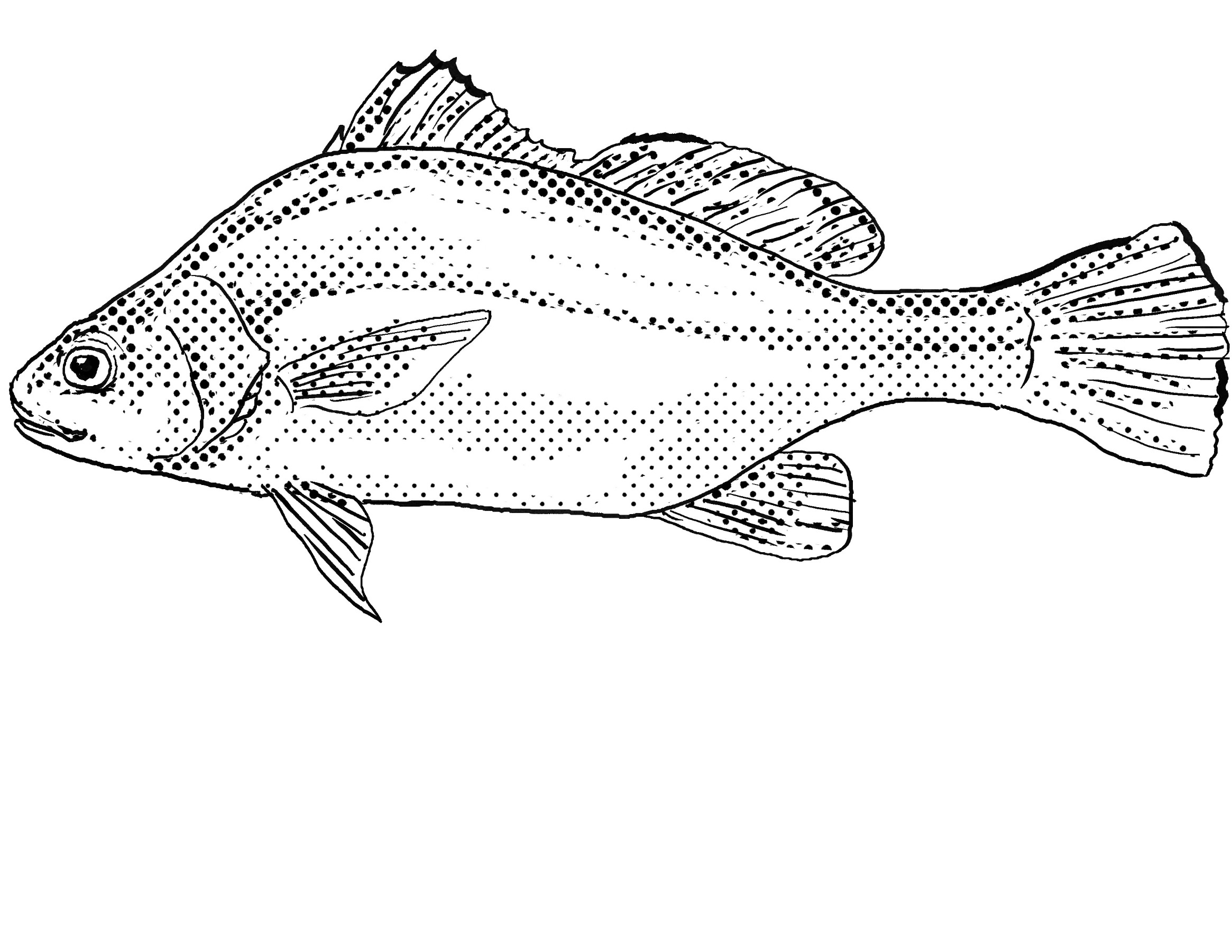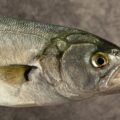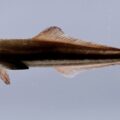The difference between groupers and drums is their appearance, reproduction process, eating habits and others. Grouper contains more potassium and selenium than a drum. On the other hand, drums contain vitamins B12, B3, vitamin B2, copper, and manganese. The life span of drums are 6–13 years, while groupers can survive 10–15 years.

Appearance
Drum fish are standard looking ray-finned fish and have long, rounded bodies. They have a groove between the ray and spine and two dorsal fins along the back. Mainly, drums have small mouths, jaws, and teeth; very few have more enormous mouths. Their prominent color is silver, but many species have red, white, and black.
On the other hand, grouper fish can be large or small. They have hardy bodies with giant mouths. Generally, they have a set of eyes high on the broad head, pelvic and anal fins, and soft, spiny dorsal fins positioned far back on the body. Many of these species have bold colors with incredible marks on their body.

Reproduction
Drums commonly breed in the summer or fall season in shallow water. However, their spawning season and gestation period vary based on their species. Males mainly use their vocals to entice female mates. Female drums can lay thousands to millions of eggs at once. Males use sperm to fertilize eggs.
The reproduction production process is complex for groupers because they are born female and can turn into males when they are mature. Groupers breed in the summer, while Nassau groupers breed during the winter. Females discharge eggs, and males release sperm into the water.
As a result of the fertilized eggs being swept away by the ocean currents, they become part of the zooplankton. After fertilization, eggs hatch after one or two days. It can take years for some Grouper species to reach sexual maturity.
Lifespan
The lifespan of drums can vary for different species. On average, freshwater drums can live 6 to 13 years. Besides, saltwater fish can live more than 50 years in their natural habitat. On the other hand, the lifespan of groupers is from 10 to 15 years. The most extended life span recorded was 37 years.
Predators and Prey
Drum are bottom-dwelling fish that eat fish and various insects from rivers, seas, and lakes. In some cases, these species have large, strong teeth that help them to crunch shells or carbs. Their predators are humans, sea birds, and large fish. There are some endangered by the loss of their habitat and overfishing.
Besides groupers being carnivores, they may eat other groupers, shrimp, and lobsters. Their large groupers can eat tiny turtles from the sea. Their predators are humans, sharks, and king mackerels.
Types of Groupers
Goliath Grouper
Goliath Grouper is one of the gigantic grouper species. They are known as itajara. They are in Brazil, the Caribbean Sea, the coast of West Africa, and the Gulf of Mexico. They are on conservation alerts and have seen some numbers increase over the years. In Florida, these species have been opened for a short window for fishing.
Broomtail Grouper
They are members of the Mycteroperca genus, and their name comes from their tail shape, which has two color patterns. They are in Central America, Peru, the Galapagos Islands, and along the coast of California.
White-edged lyretail
White-edged lyretail belongs to the Variola genus. A bright red fish with pale blue or pink spots has a pale saddle and a dark tail fin outlined in white. In the Indo-Pacific, it can be found on reefs. It also has the slightest concern for conservation.
Types of drum
Red Drum
Red drum fish is also known as channel bass. This fish species can be found in the Atlantic and Gulf of Mexico. Besides, their body color is white and red, with black patterns on the tail.
Common Weakfish
In America, they are known as squeteague. They live along the east coast of the United States and in the Atlantic Ocean. Some weakfish species are small scale weakfish, small tooth weakfish, and smooth weakfish.
Freshwater Drum
They are the only freshwater fish that live in North America. This fish species lives in rivers or lakes for its entire lifespan.
What kind of fish is called a Drum?
Drum knew as a croaker. Their biological name is Sciaenidae and they have a family of 275 fish species. Moreover, they are carnivorous and bottom-dwelling fish. Drums are primarily found in warm and tropical seashores, but a number of these species live in freshwater.
Is Grouper Fresh or Saltwater?
Groupers are naturally larger aggressive saltwater fish that can survive in giant aquariums. Most of them can grow more than 12 inches. They require large aquariums where they can swim easily. Besides, these fish can be kept in reef tanks, whereas if groupers have the opportunity, they may eat other small fish and shrimp.
What is Good about Drum Fish?
Freshwater drums don’t have bones meaty, easy to fillet, and tasty. The drum fish fillets are delicious for cooking with Cajun spices on the grill. Drums ear bones are used to make jewelry and are considered a good luck charm. They are known as valuable fish in many areas.
Conclusion
Groupers come from the Serranidae family, found in warmer water. On the other hand, drum come from the Sciaenidae family and can often be seen in many fish tanks worldwide. The essential facts in this article are pointed out below:
-
- The lifespan of drums is 6 to 13 years, while groupers can survive 10 to 115 years.
-
- Grouper fish retains additional potassium and selenium rather than drum.
-
- Grouper Males use their vocals to attract female mates. Female drums can lay thousands to millions of eggs at a time.











